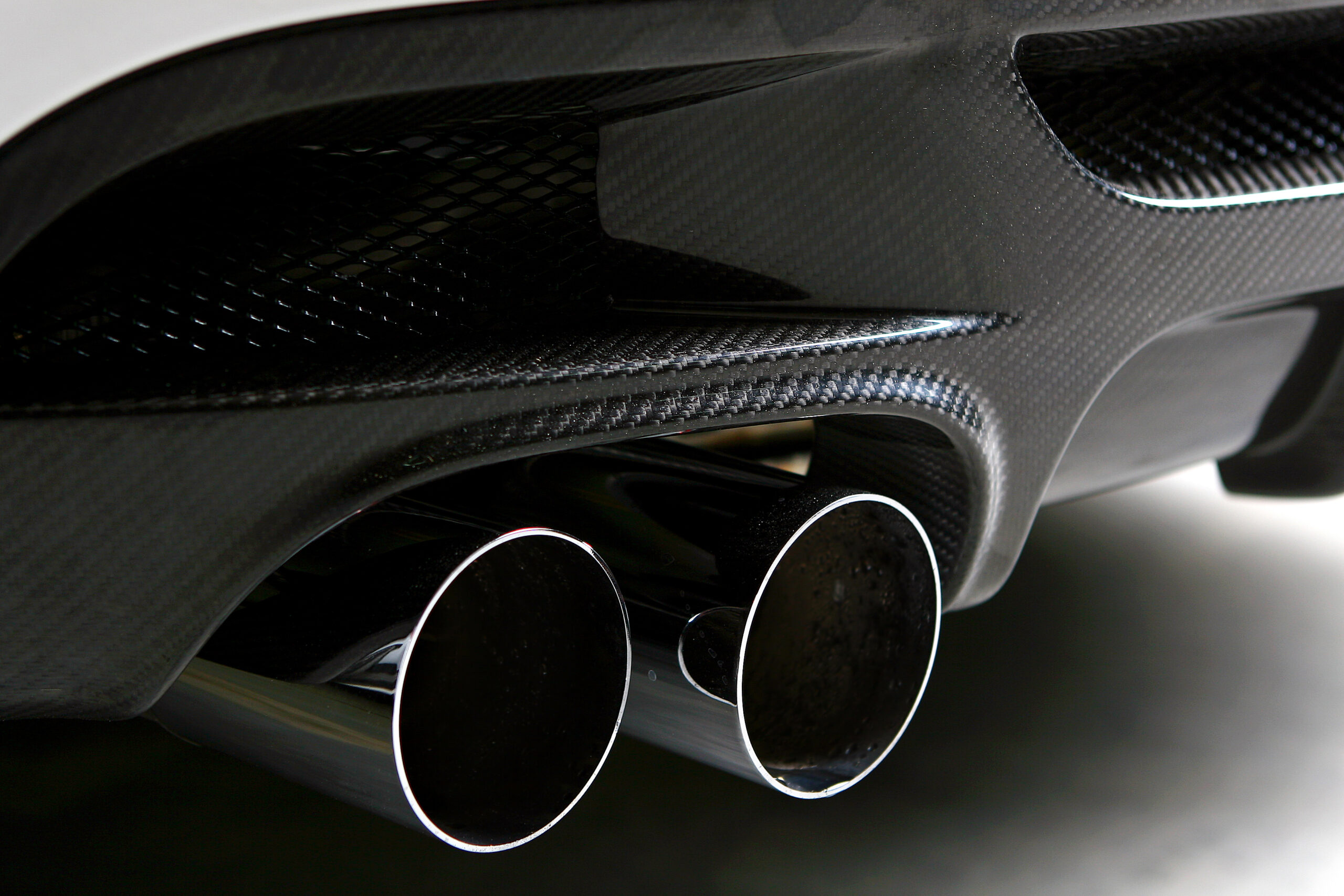When buying a second-hand car in South Africa, it is essential to consider the exhaust emissions and pollution control systems to ensure compliance with environmental regulations and minimize the vehicle’s impact on air quality. This article aims to provide valuable insights into what to look out for when assessing the exhaust emissions and pollution control of a second-hand car in South Africa.
- Exhaust Emissions Standards:
Familiarize yourself with the applicable exhaust emissions standards in South Africa. The country has implemented stringent regulations to control vehicle emissions and mitigate air pollution. The current emissions standards for passenger cars are based on the Euro 2, Euro 3, and Euro 4 standards. Ensure that the second-hand car you are considering complies with the relevant emissions standards based on its manufacturing year. - Emission Test Certificate:
Request an emission test certificate from the seller, which provides details about the vehicle’s compliance with the emissions standards. The certificate indicates the level of pollutants emitted by the car during the test, such as carbon monoxide (CO), hydrocarbons (HC), and nitrogen oxides (NOx). Make sure the emission levels are within the acceptable limits prescribed by South African regulations. - Exhaust Smoke:
During a test drive or inspection, pay attention to the color and density of the exhaust smoke. Excessive smoke, especially if it is black, blue, or white, can indicate potential issues with the engine or pollution control systems. Black smoke may suggest a problem with fuel combustion, blue smoke could indicate burning oil, and white smoke might indicate coolant leakage into the combustion chamber. - Catalytic Converter:
Check if the second-hand car is equipped with a catalytic converter. The catalytic converter plays a crucial role in reducing harmful emissions by converting pollutants into less harmful substances. Ensure that the catalytic converter is intact, not damaged or tampered with, as this can affect its effectiveness in reducing emissions. - Oxygen (O2) Sensor:
Verify the functionality of the oxygen sensor, which monitors the oxygen levels in the exhaust gases. A malfunctioning oxygen sensor can impact the vehicle’s fuel efficiency and emissions. The Check Engine Light (CEL) may illuminate if there is a problem with the oxygen sensor or other related components. - Exhaust System Integrity:
Inspect the entire exhaust system for signs of damage, leaks, or corrosion. A damaged or leaky exhaust system can affect the vehicle’s performance, fuel efficiency, and emissions. Look for any cracks, holes, or rust on the exhaust pipes, muffler, and associated components. - Professional Inspection:
Consider having a professional mechanic perform a comprehensive inspection of the exhaust emissions and pollution control systems. They can conduct specialized tests, such as analyzing exhaust gases, checking the integrity of the pollution control devices, and diagnosing any underlying issues that may affect emissions. A professional inspection provides a thorough evaluation and peace of mind.
Assessing the exhaust emissions and pollution control systems of a second-hand car in South Africa is crucial for environmental compliance and reducing air pollution. Familiarize yourself with the applicable emissions standards, request an emission test certificate, and pay attention to exhaust smoke during a test drive. Verify the presence and condition of the catalytic converter, oxygen sensor, and integrity of the exhaust system. Additionally, consider having a professional mechanic inspect the exhaust emissions and pollution control systems to ensure a comprehensive evaluation. By prioritizing these factors, you can make an informed decision and contribute to a cleaner and greener environment.











